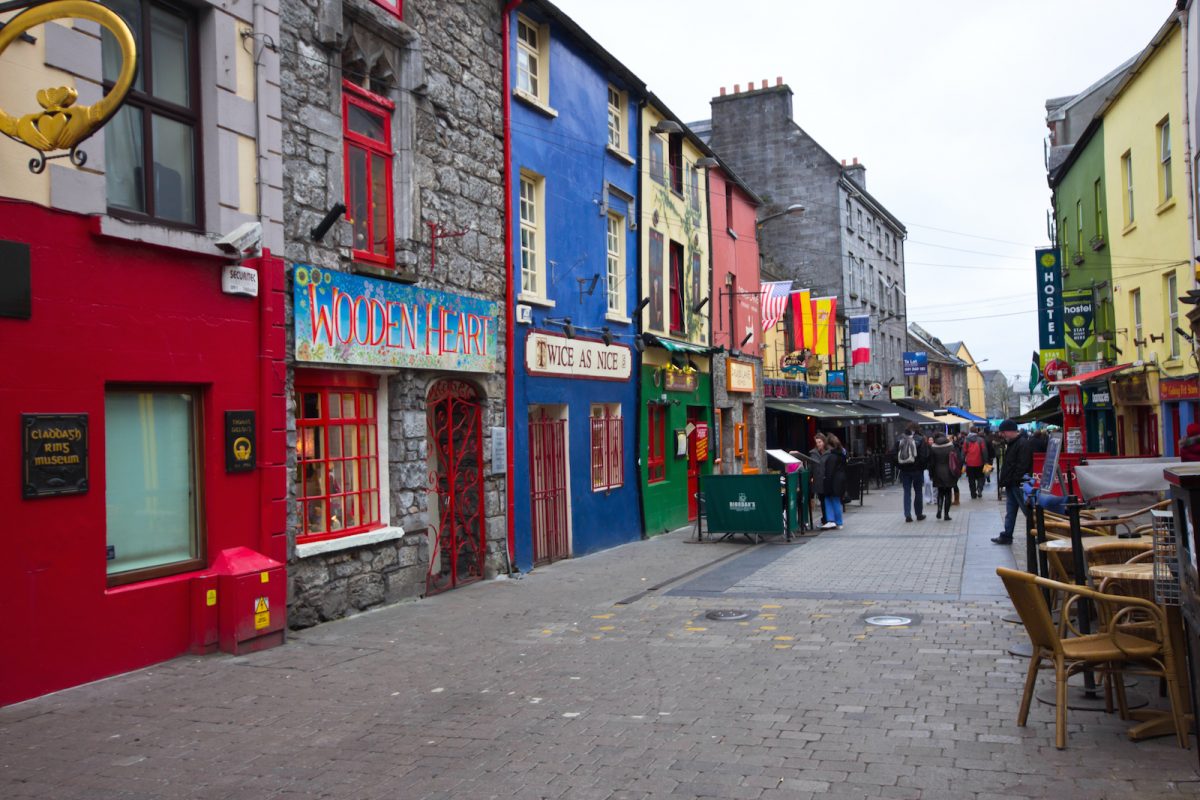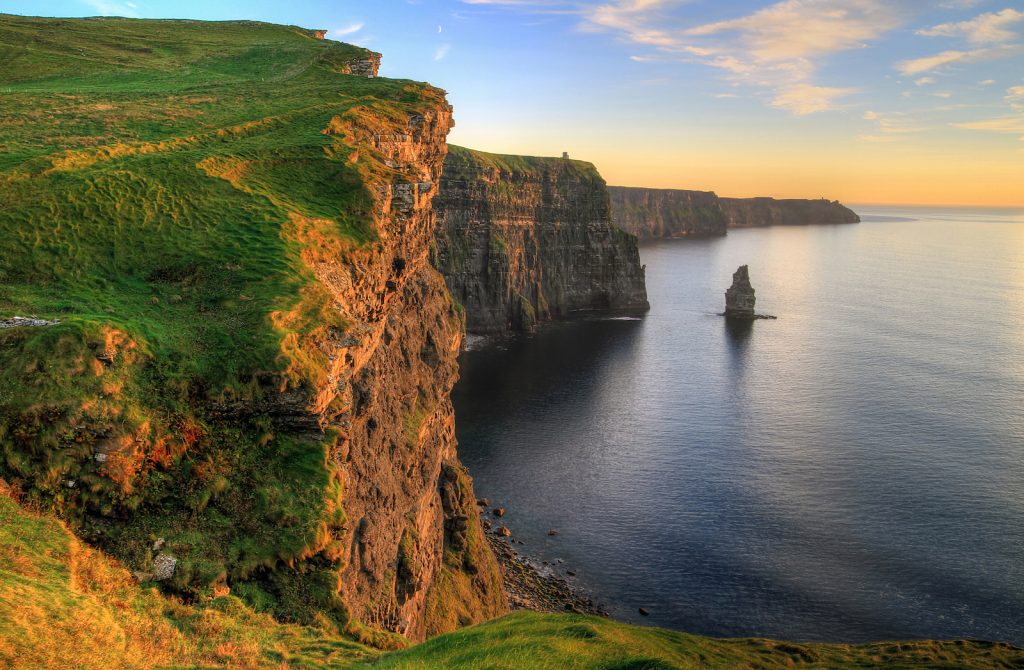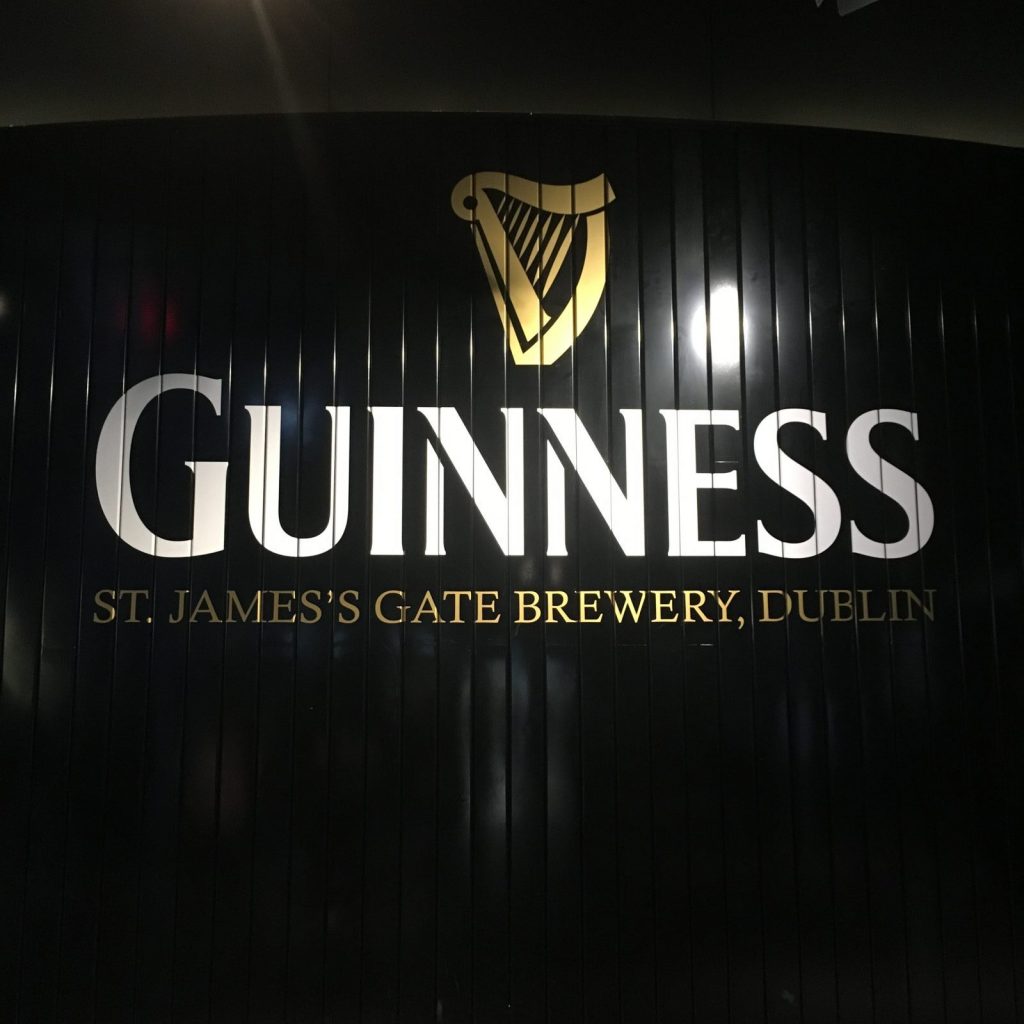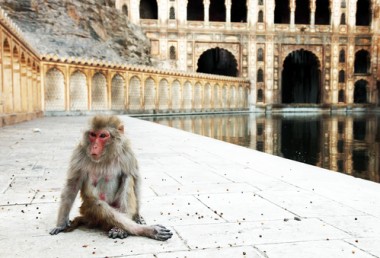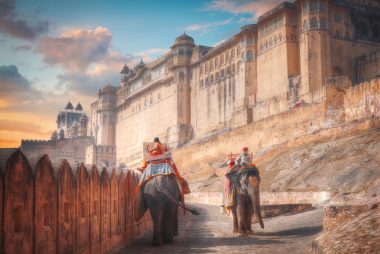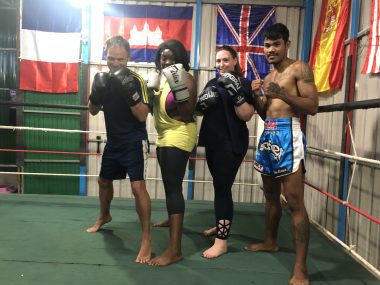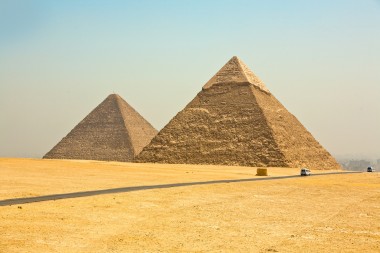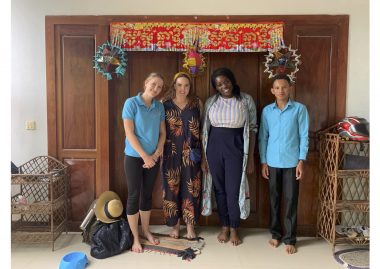Galway
We arrived in Galway City in the afternoon after spending the morning at the Cliffs of Moher, described by the writer W.B Yeats as “The Venice of the West”. Galway, the city of the tribes, is Ireland’s cultural capital. This free-spirited, artistic and bohemian city has an ambience all of its own. Our guide from the bus took us on a 45min walking tour of the city.
Situated at the junction of Shop Street and Abbeygate Street Upper in the heart of the pedestrian district lies the historic home of one of medieval Galway’s most powerful merchant families, the Lynches. This magnificent limestone building gives us a glimpse of the architectural style that typical of Galway in the late Middle ages. In the 1651 Pictorial Map of the city, fourteen of these merchant homes appeared. But this is the only one that survives intact. Its more recent incarnation is as a bank.
Features of the castle include the carved water-spouts or gargoyles that would have once carried rainwater from the roof. The heavily carved façade bears the arms of Henry VII, and below this is a most peculiar carving which, though looking more like a mongoose, is said to represent a monkey holding a child in its paws. The statue is allegedly pays tribute to an incident when a pet monkey rescued a child of the house from a fire. This wasn’t the first nor the last tall story we heard from our guide and I’m still unsure which parts are true.
Towards the end of the fifteenth century, emerging merchant princes made a successful petition for a new charter which allowed them to elect a mayor and two bailiffs every year. The first mayor of Galway, Pyerce Lynch, was elected 15th December 1484. This same Lynch family built Lynch’s Castle. Dating from the late fifteenth/early sixteenth century, it is constructed in the Tower House style and is rated the finest surviving town-castle in Ireland. Also in 1484 the church of St. Nicholas, which dates from 1320, is still standing and in excellent repair, was granted collegiate status by the Pope. These events effectively made Galway a city-state, and one which continued to grow and prosper over the next 150 years.
The Lynch family has another interesting claim to fame. The story goes that the mayor’s son killed another man in a local bar because he had shown an interest in his lady love. The young Lynch was subsequently charged, convicted for murder and then sentenced to death by hanging for his crime. However, as he was the son of the mayor, no-one would carry out the sentence. Finally, the mayor himself put the noose around his son’s neck, held on to the rope and threw him out the window of Lynch’s castle and hung him there by the neck until he was dead! This is apparently how the well-known term ‘lynching’ and ‘lynch-mob’ originated; one of the more chilling aspects of Galway’s history.
We explored the cobblestoned pedestrian streets that are continuously alive with music before stopping at a pub for some dinner before the long drive back to Dublin.
